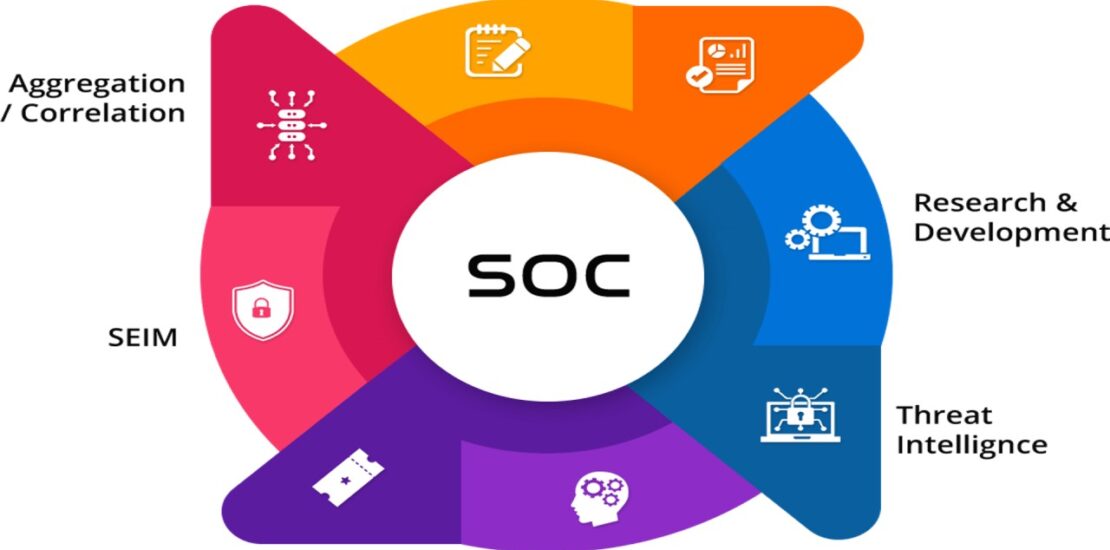Service Organization Control (SOC)
- August 25, 2025
- Posted by: admin
- Categories: Business plans, Competitive research, Information Technology, Uncategorized

-
SOC 1 – Internal Controls over Financial Reporting (ICFR)
-
Focus: Controls that impact clients’ financial reporting.
-
Audience: Auditors, CFOs, financial regulators.
-
Example: Payroll processors, financial services.
-
-
SOC 2 – Trust Services Criteria (Security, Availability, Processing Integrity, Confidentiality, Privacy)
-
Focus: Controls relevant to data protection & operations.
-
Audience: Customers, regulators, business partners.
-
Widely used in cloud and IT service providers.
-
SOC 2 Type I: Point-in-time assessment (are controls designed properly?).
-
SOC 2 Type II: Covers a period (6–12 months) to test operating effectiveness.
-
-
SOC 3 – Public Report
-
Focus: Similar to SOC 2 but less technical.
-
Audience: General public, marketing purposes.
-
Usually shared as a seal of trust on websites
-
-
Trust Services Criteria (for SOC 2 & 3)
-
Security – Protection against unauthorized access.
-
Availability – System availability as agreed.
-
Processing Integrity – Accuracy, timeliness, and validity of processing.
-
Confidentiality – Protection of sensitive business data.
-
Privacy – Proper handling of personal information.
Why SOC Reports Matter
-
Build trust with clients and stakeholders.
-
Ensure compliance with industry and regulatory requirements.
-
Provide assurance over data handling, security, and operational practices.
-
Competitive advantage in SaaS, fintech, healthcare IT.
-
-
SOC vs HIPAA vs ISO 27001
-
HIPAA → Law (healthcare focus).
-
ISO 27001 → Global standard (information security management system).
-
SOC 2 → Assurance framework (security & privacy controls, widely requested by customers).
-
-
SOC 2: A SaaS company shows clients its cloud security is independently audited.
-
HIPAA: Hospital ensures patient records are private and secure.
-
ISO 27001: A multinational sets up an enterprise-wide security management system.






